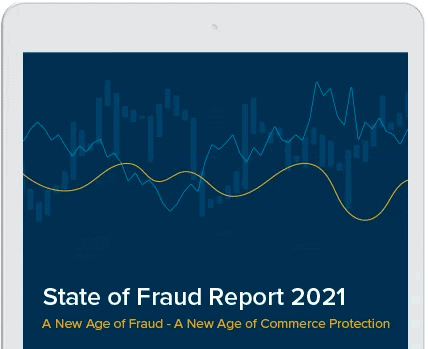As a people operations leader who is fascinated by human behavior and psychology, I’ve naturally been obsessed with the experiments being done worldwide around four-day work weeks. The findings are incredibly consistent; companies that are instituting shorter work weeks are not seeing a drop in productivity, and in fact, are often seeing increases in productivity, along with other benefits!
This shouldn’t surprise us, since we’ve all heard the story of diminishing returns – working more hours does not mean getting more done. Overworked employees are bad for a company’s bottom line in the form of absenteeism or presenteeism, turnover and low morale and engagement. As this movement finally seems to be picking up real steam, I have found myself spending more and more time thinking about what growing tech companies like Signifyd can learn from experiments in countries like Japan, Iceland and Korea, where companies moved to either four-day workweeks, six-hour days, or other shortened work weeks.
Mental and physical wellness for all promotes diversity, equity and inclusion
One of the pillars of our diversity, equity and inclusion aspirations is to create an environment where everyone can succeed and to invest in making sure all of our employees have the tools to prioritize their mental and physical health. Burnout is so real across knowledge workers, many of whom have seen lines blur between work and personal life with the COVID transition to more remote work. Add to that the growing global nature of many companies like ours and the need for time to recharge only intensifies.
Your team or stakeholder group might very well consist of folks in multiple time zones, both before and after yours, and it’s shockingly easy to get caught up in a vicious cycle of feeling like you can never turn off — especially when your business is growing fast, resources are lean, and you no longer have the clear boundary of a commute home. But the idea of more time off in a company with ambitious goals and so much to accomplish can be a tough sell.
So what did we do?
Summer Fridays was an eye-opening experience
A ton of credit has to go to our cutting-edge (in all ways) R&D organization, which piloted a “Summer Fridays” program this year where employees had every other Friday off. While many variables were at play, the outcome was that it had no noticeable impact on the productivity of the team as measured by coding output (and the team was not told ahead of time that we were going to measure it). That certainly helped give us confidence that even a busy, growing company like ours could potentially reap the benefits of some reduction in working hours, especially on a temporary basis. As a result, our forward-thinking leadership team agreed to give six company-wide Wellness Days off through the last quarter of the year (basically, two per month) to help everyone recharge a bit more leading into what will be a busy 2022.
We are three down, three to go, and what have we learned so far?
- We had an opportunity to clarify and align on our definition of “urgent” and better codify our escalation paths for incidents needing immediate attention in off hours/days. That was a very useful exercise for our teams to go through ahead of time and definitely has contributed to making this endeavor successful.
- We had to be flexible. No approach will work for every single team. Some teams (more commonly those that support our biggest customers) simply needed to have coverage on weekdays, and for those functions, we experimented with rotating other days off for a skeleton crew of employees. While we want everyone to benefit, we didn’t want the fact that some teams wouldn’t be able to adhere to a rigid schedule to prevent us from launching Wellness Days altogether.
- We had to make some tradeoffs. The idea isn’t to condense five days of work into four longer days — long term, our goal is to find ways to be more efficient with our time so that we can accomplish even more, or at least, accomplish the same amount in less time. This has meant tightening up the framework for what necessitates a meeting, using technology more mindfully, and leaning more heavily on asynchronous communication — all of which I would deem to be good things anyway! But it also might mean making bigger tradeoffs around things your company will agree not to do in the short or long term — every company is different.
- The feedback has been positive beyond our wildest expectations, from individual contributors up to senior management. It’s one thing to put individual stress and burnout reduction tools into employees’ hands in the form of webinars, mental health resources and workshops — all of which are great and important, might I add — but it’s entirely another to stand up as a company and take control of the situation in a direct way.
Think marathon, not sprint when it comes to wellness
I look at the way we treat our employees as an extension of our company value labeled Customer Compassion. And our employees have viewed this move as emblematic of our executive team leading by example and embodying our values even when it’s hard, and when we have so much at stake. And employees are making the most of it. We’ve had employees hike Breckinridge, explore their neighborhood, play golf, visit with old friends, garden, play video games, spend time with family and travel, amongst other things.
Ultimately, Signifyd is running a marathon, not a sprint. We are playing the long game and we want our employees to be along with us for the ride. We are excited to continue to explore ways that we can directly reduce burnout and promote employee wellness in meaningful, innovative ways!
Photo by Kalen Emsley via Unsplash
Come join us!









